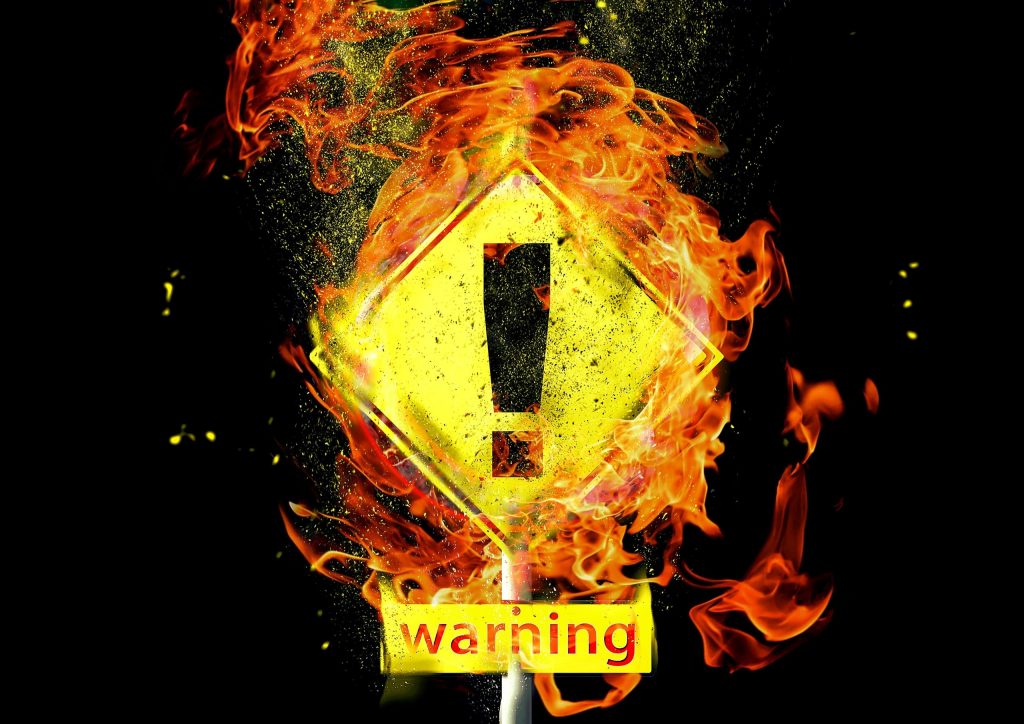

Understanding Fire Codes – Part 1
Fire codes can often seem rather mystifying. I’m not just talking about complicated code requirements. Development and enforcement of codes can also be puzzling.
Throughout this discussion, keep in mind that the Occupational Safety and Health Act of 1970 requires that employers provide places of employment that are “free from recognized hazards.” Fire codes can be a very important resource for identifying recognized hazards in a workplace and providing the appropriate controls, safeguards and protective measures.
The fire codes issued by the National Fire Protection Association (NFPA) and the International Code Council (ICC) are consensus standards, which means that code requirements are the collective opinion of volunteer committee members who have at least some knowledge about the fire hazards, risks and protections covered by those codes.
The purpose of NFPA and ICC is to manage the consensus standards process by getting a balance of people to serve on code-writing committees and ensuring that the committees respond to public comments. People are often surprised to learn that the organizations are not responsible for the content of their codes, only for the proper operation of the consensus standards process.
NFPA and ICC have no role in the enforcement of codes. And the codes are not really meant to be enforced in the same way as OSHA regulations, for example, that are legally enforceable requirements with no flexibility or exceptions. Rather, the codes are intended as recommendations for local building code officials and other Authorities Having Jurisdiction (AHJs) who are responsible for fire safety at a location.
A code is designed for what the committee believes is a typical situation. A business owner and local code officials are expected to evaluate whether a potentially applicable code was written in consideration of the hazards and risks that are present at the location.
Code committees must rely on generalized approaches. For example, to reduce risks across a very wide range of operations, the flammable liquid codes rely on a classification scheme that groups together materials with similar flammability characteristics and then limits the quantities of each class of flammable material that may be present at a location.
The codes that apply to industrial operations allow a business owner to seek a specific variance to the generalized code – and resolve the resulting possible mismatch between the stringency and cost of compliance and the hazards and risks that exist at the location – by conducting a fire hazards analysis that identifies appropriate protection measures for the location. Before taking this approach, the business owner should consult with the AHJ, which ultimately decides if the results of a site-specific analysis will be accepted.
I often get calls from plant managers with concerns that their local AHJ suddenly wants a change, such as a reduction in the number of resin and gelcoat drums permitted in the fabrication area. They ask when the code changed. In most cases, the requirement now being enforced has been present in the code for a long time.
The truth is that codes have been enforced very inconsistently. However, this is changing. Investigation of recent fires at industrial locations, some unfortunately resulting in the deaths of first responders, revealed that the incidents would have been less severe or may not have occurred at all if the applicable codes had been effectively enforced. Aware of this, the fire safety community is working toward a more thorough and consistent enforcement of codes.
Some business owners find that their insurers more aggressively enforces fire safety than their local code officials. Factory Mutual has its own standards that can be more restrictive than the fire codes. For example, the FM Global “loss prevention data sheet” for organic peroxides limits the permitted storage quantities more stringently than the NFPA code.
People sometimes forget that insurance is a product just like gelcoat or fibers. The cost and “performance” or risk recommendations of a fire insurance policy varies by supplier and purchase agreement. Failure to follow or resolve risk recommendations may have adverse impact on premiums or coverage. Business owners may want to consider proactive engagement with their insurance carriers and conduct periodic risk surveys.
The existence of two separate organizations promulgating fire codes – NFPA and ICC – is also a source of confusion. With occasional exceptions, local code officials enforce ICC codes, while insurance carriers refer to NFPA codes. Even when the ICC code is the official code being enforced, the applicable NFPA code can provide requirements that better fit operations and hazards at a location.
It’s often effective for a business owner to work with the AHJ to evaluate the applicability of an NFPA code when the requirements of the ICC code are too costly or restrictive given the hazards. If the situation is complex, there are code consultants engaged with ACMA and its members that can be retained to help guide an owner.
Finally, we need to consider the role of fire codes in meeting OSHA fire safety requirements. When OSHA was established, Congress allowed the agency to codify the NFPA codes that were in place at that time. While the NFPA codes have since been updated, many of the OSHA regulations remain frozen in the 1970s.
The OSHA regulation for fire safety for spraying of flammable liquid (29 CFR 1910.107), applicable to resin and gelcoat spray operations, is based on what was the NFPA code for spray painting, a more hazardous operation. One of the subsequent updates to the NFPA standard for spray application of flammable liquid (NFPA 33) was to add requirements specifically for resin and gelcoat spray. For example, the updated NFPA code, unlike the original spray-painting code, does not restrict resin spray operations to spray booths but also allows them in spray areas, accommodating the fabrication of large composite products.
In recognition of the outdated nature of many of their regulations, OSHA does consider as de minimis (without penalty) the violation of an OSHA regulation if the applicable NFPA code is followed and if it provides an equal or greater level of protection. Per this policy, OSHA should issue only a de minimis violation for a composite resin spray operation not fully in compliance with 29 CFR 1910.107 if the facility is fully in compliance with NFPA 33.
In the summer Tech Talk column, I’ll tackle the intricacies of some specific fire codes applicable to composites manufacturing operations.
John Schweitzer is senior advisor to the president at ACMA. Email comments to jschweitzer@acmanet.org.
Disclaimer: Opinions, statements and technical information within the Tech Talk column are that of the authors. ACMA makes no warranty of any kinds, expressed or implied, with respect to information in the column, including fitness for a particular purpose. Persons using the information within the column assume all risk and liability for any losses, damages, claims or expenses resulting from such use.

SUBSCRIBE TO CM MAGAZINE
Composites Manufacturing Magazine is the official publication of the American Composites Manufacturers Association. Subscribe to get a free annual subscription to Composites Manufacturing Magazine and receive composites industry insights you can’t get anywhere else.



